Sri Lankan limes are typically small to medium-sized, with smooth, thin skin ranging from green to yellow when ripe. They are known for their juicy pulp and high acidity, which lends a sharp, citrusy flavor to dishes and beverages.
Renowned for their versatility, Sri Lankan limes are used in a wide range of culinary applications, including cooking, baking, salad dressings, marinades, sauces, and beverages. Their bright acidity adds a refreshing and tangy element to dishes, enhancing the overall flavor profile.
Sri Lankan limes are also valued for their aromatic zest, which can be grated or thinly sliced to add a burst of citrus flavor and aroma to various recipes. Whether used as a primary ingredient or as a garnish, Sri Lankan limes are cherished for their vibrant taste and culinary versatility.
Technical Specifications
- Size: Limes can vary in size, but typically range from small to medium-sized fruits.
- Color: When ripe, Sri Lankan limes exhibit a range of colors from green to yellow. The intensity of the color may vary depending on factors such as ripeness and variety.
- Shape: Limes are generally round to oval-shaped fruits with a smooth texture.
- Weight: The weight of a lime can vary, but they typically weigh between 40 to 80 grams.
- Acidity: Limes are known for their high acidity, which contributes to their tangy flavor. The acidity level is usually expressed as a percentage of citric acid.
- Sugar Content: Limes have a low sugar content compared to other fruits, contributing to their tart flavor profile.
- Harvesting: Limes are harvested when they reach the desired size and color. In Sri Lanka, they are typically handpicked to avoid damage to the fruit.
- Storage: Limes should be stored in a cool, dry place away from direct sunlight to maintain their quality and prolong shelf life.
- Shelf Life: When stored properly, fresh limes can typically be stored for up to two weeks.
- Cultivation Practices: Sri Lankan limes are often cultivated using traditional agricultural practices, including organic farming methods in some cases.
Packaging Details
- Cans & Jars – 100g, 200g, 375g, 400g, 500g
- LDPE Polyliner (Double Sealed) Secondary – 5 Ply Corrugated Carton / 4ply Kraft Paper Sack



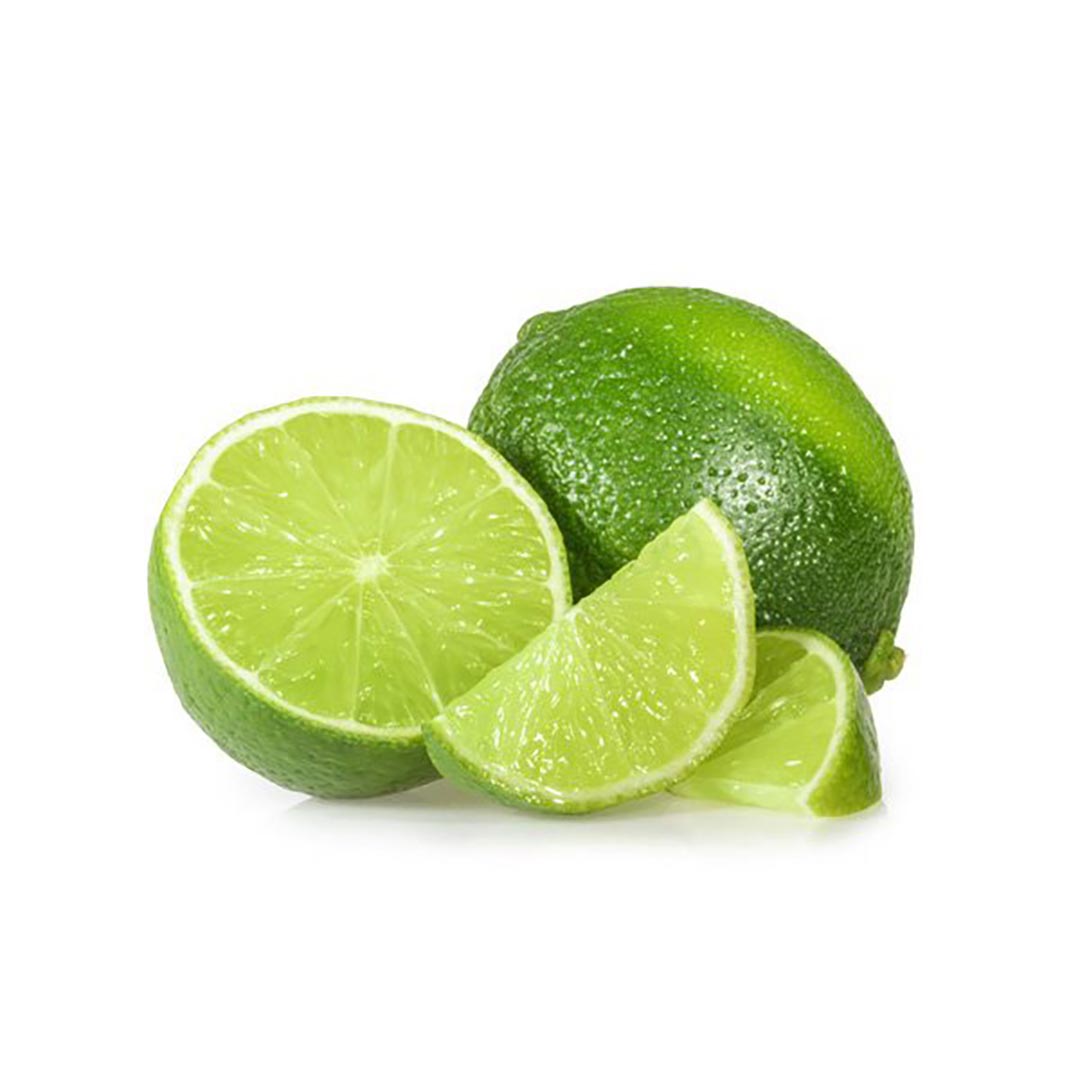

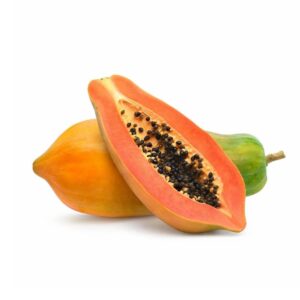
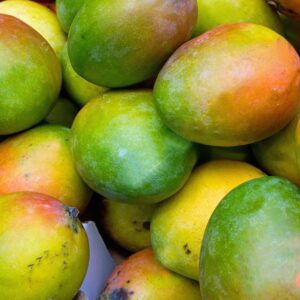

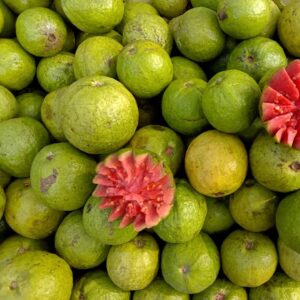
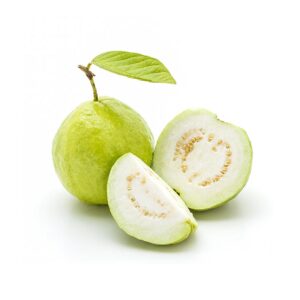
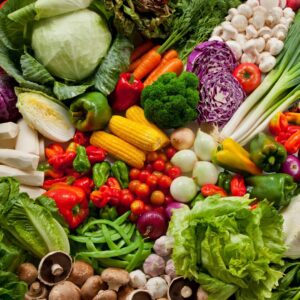
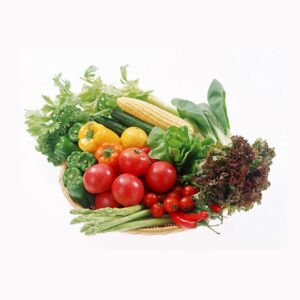
Reviews
There are no reviews yet.